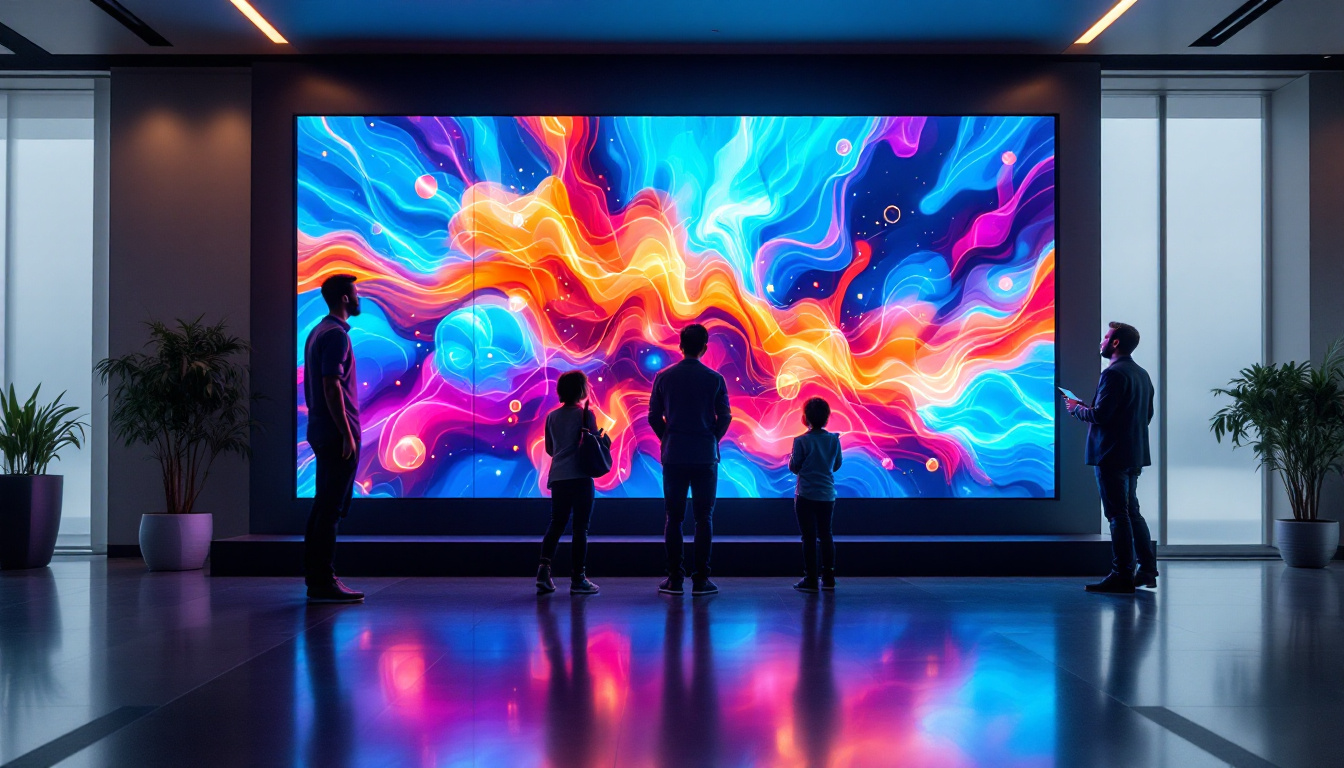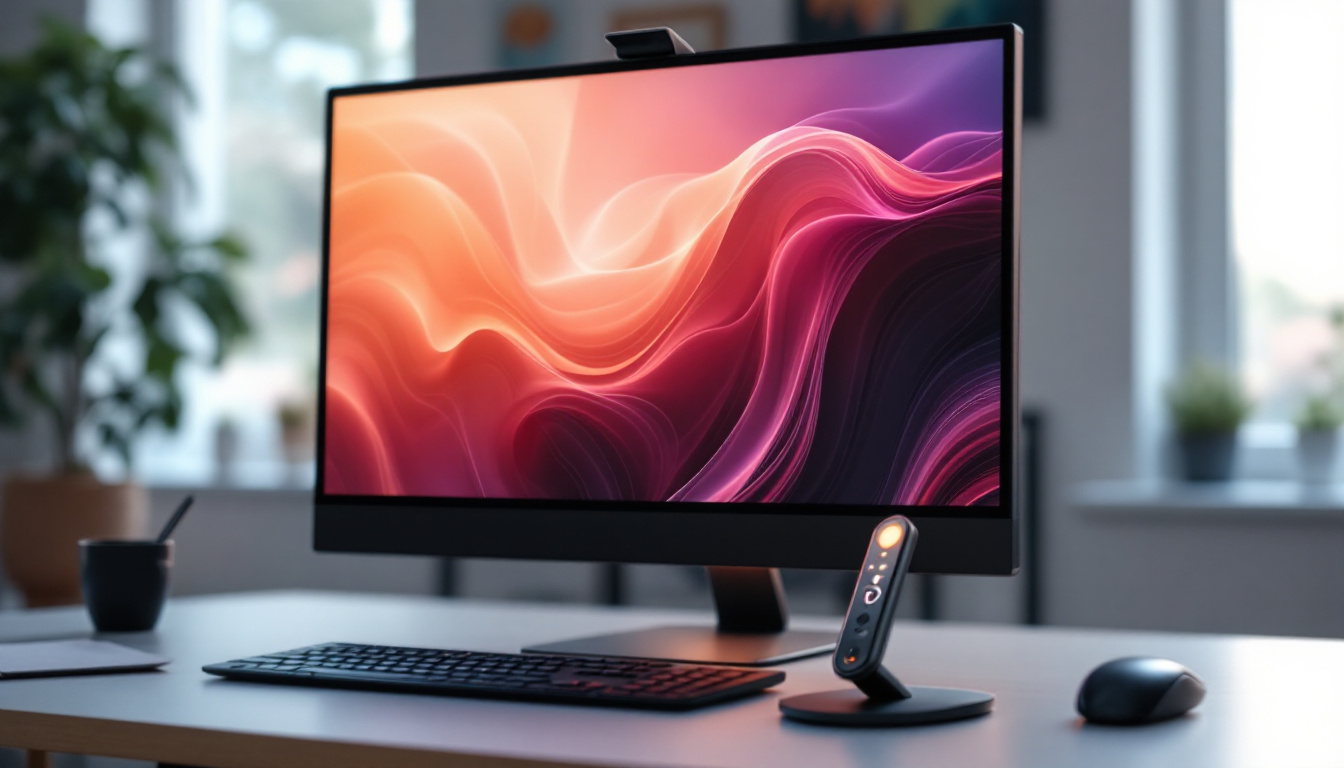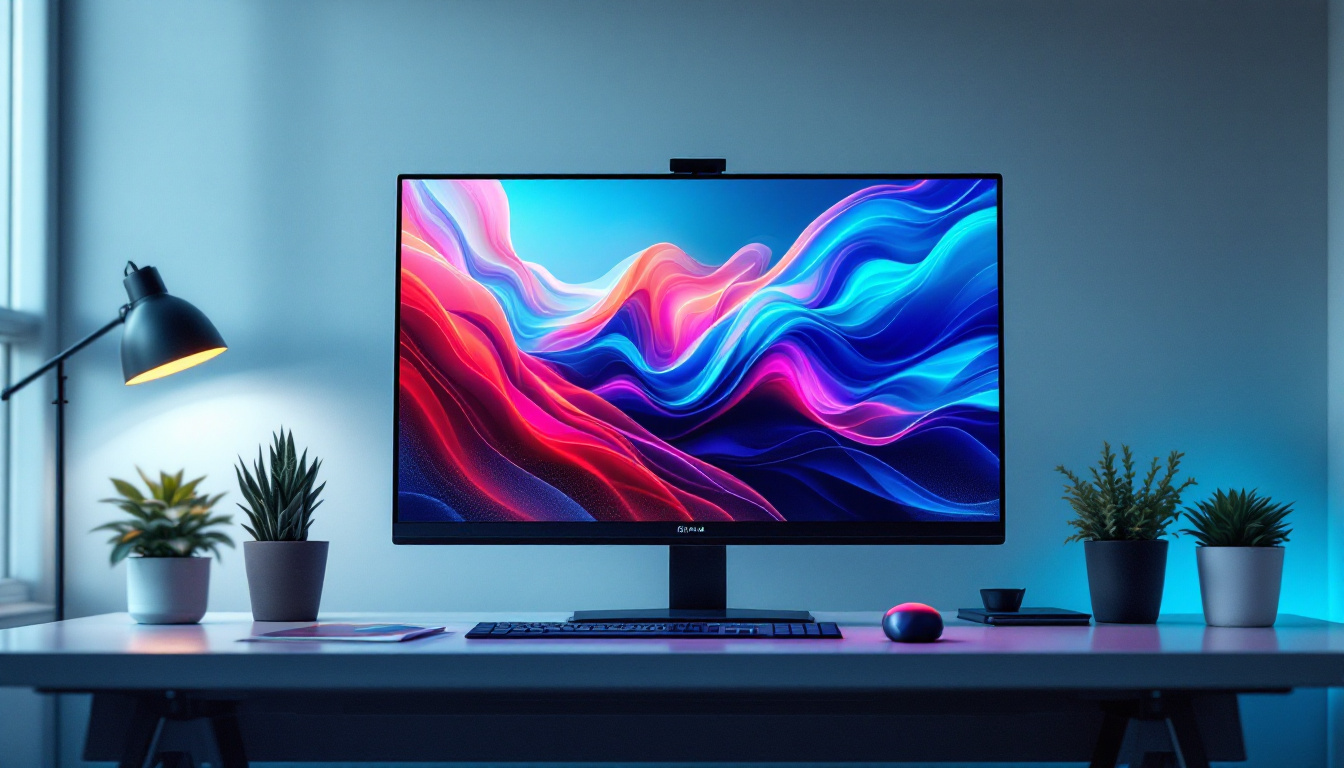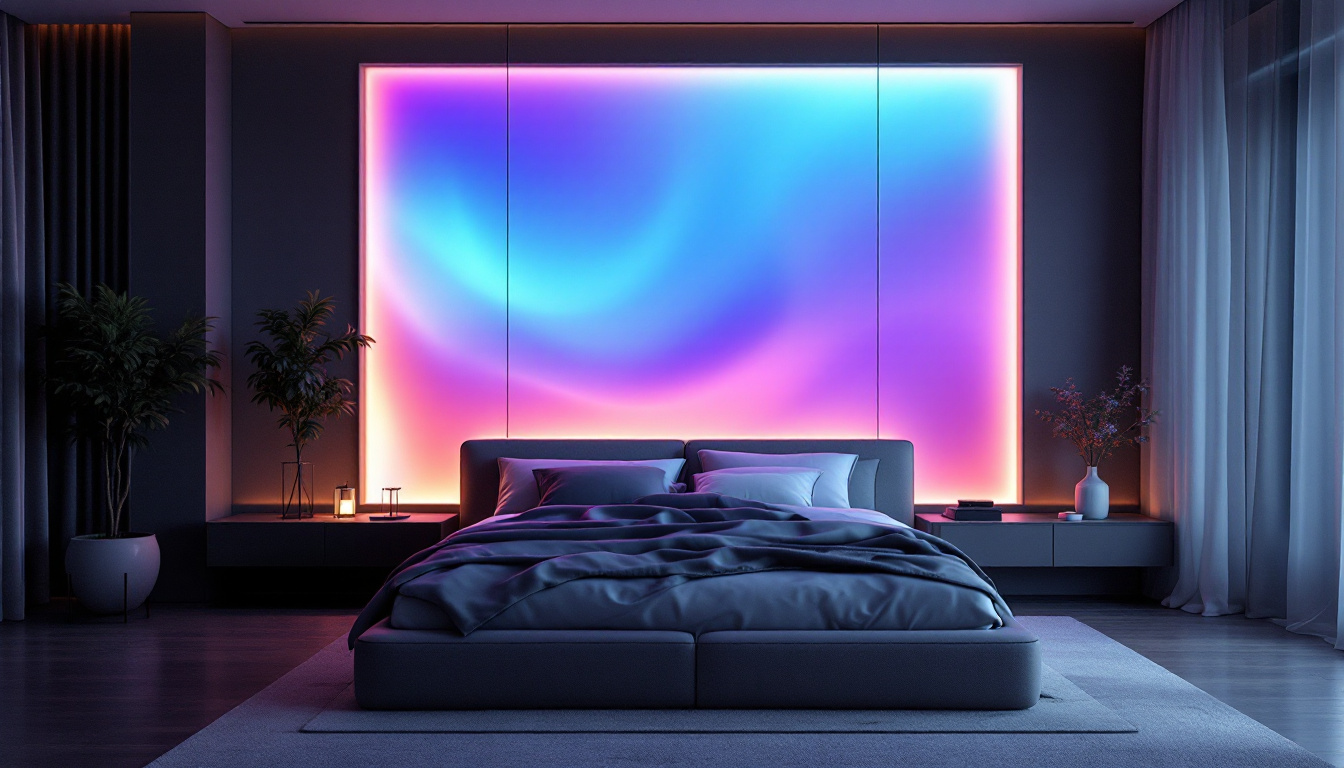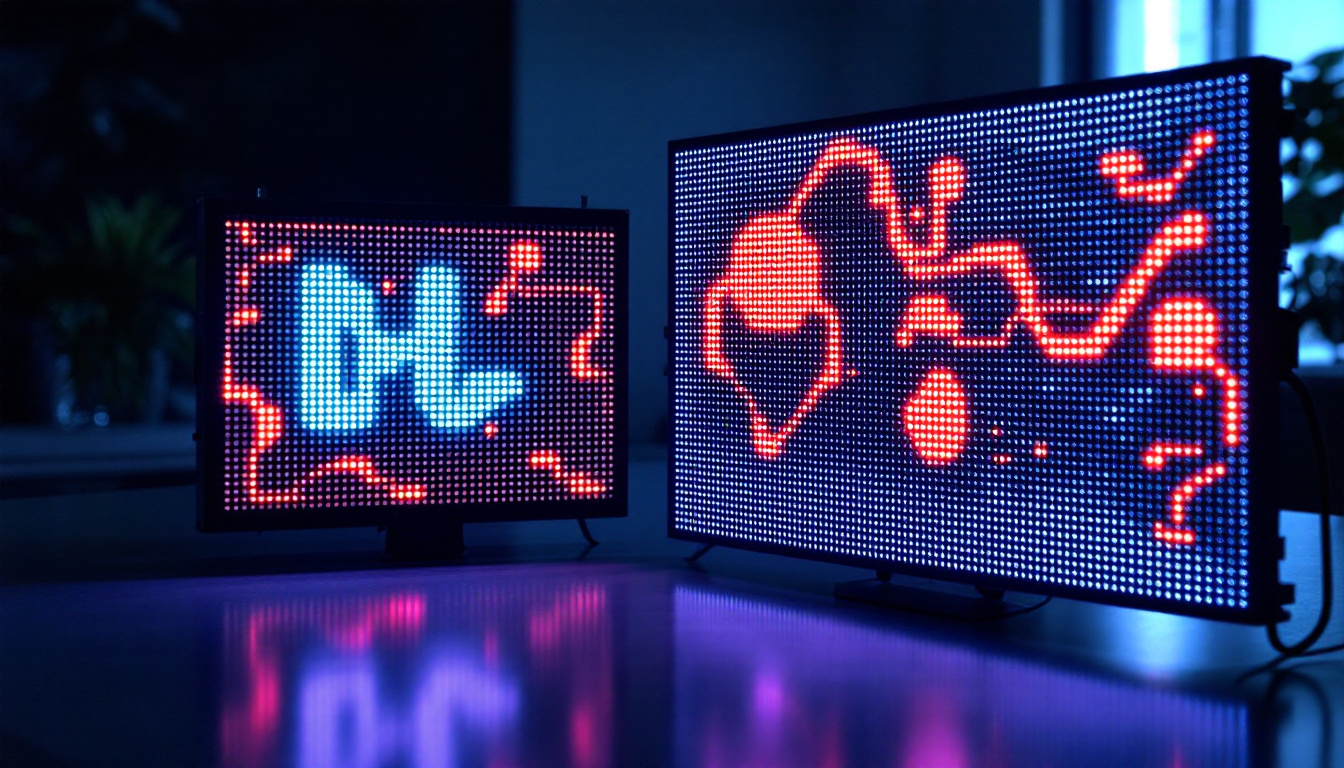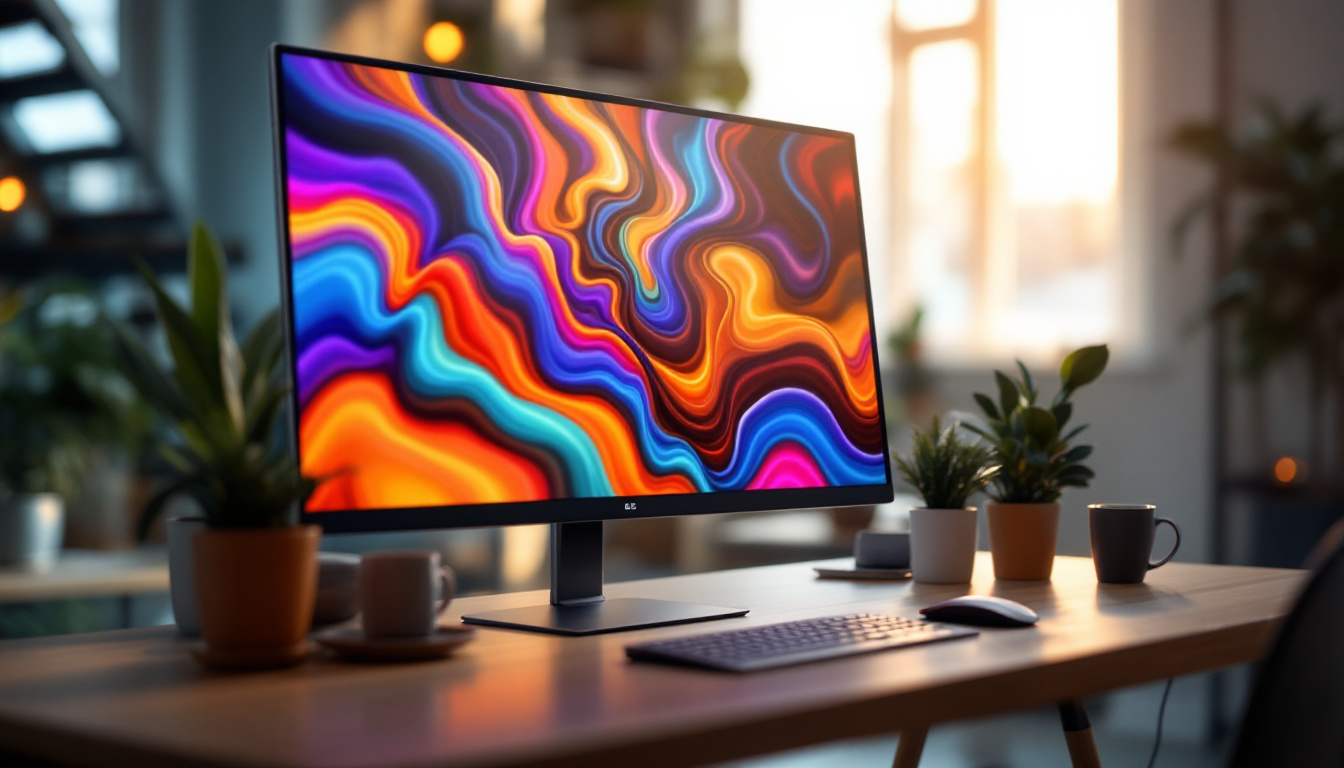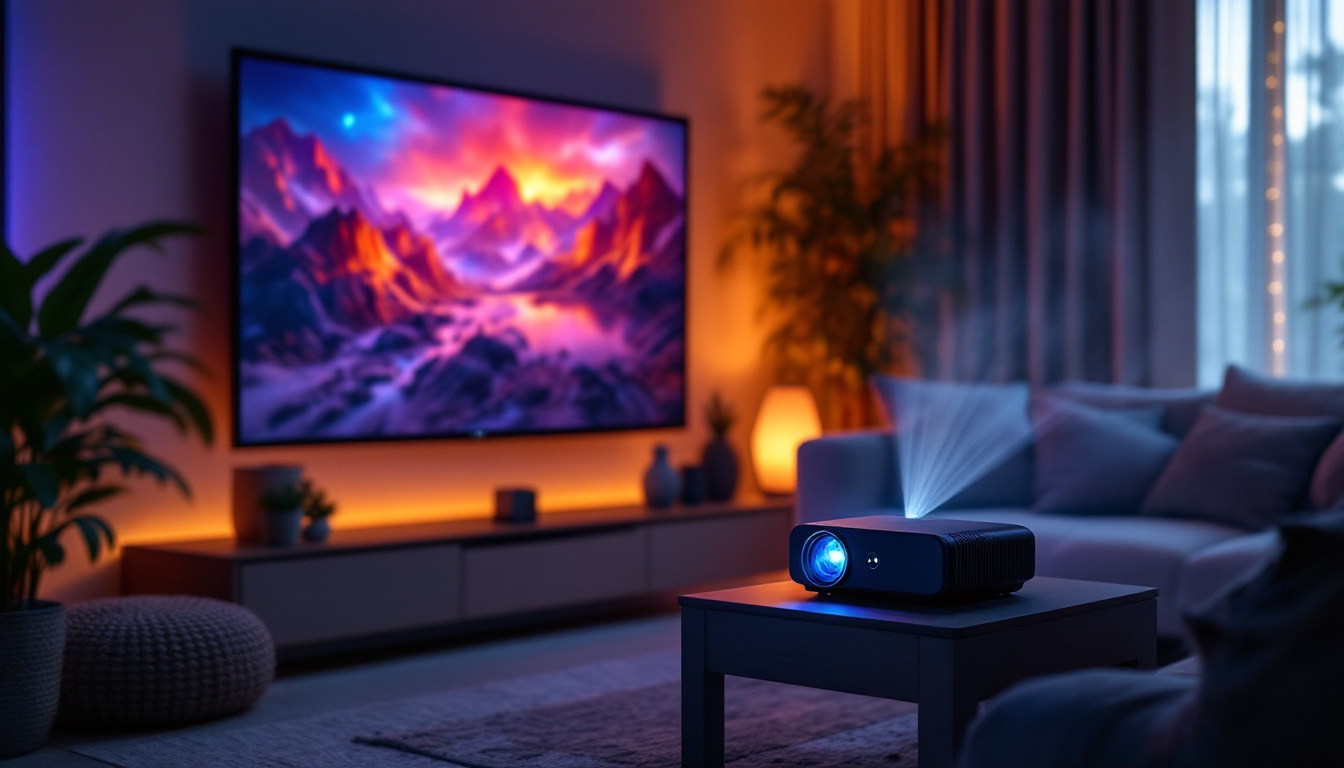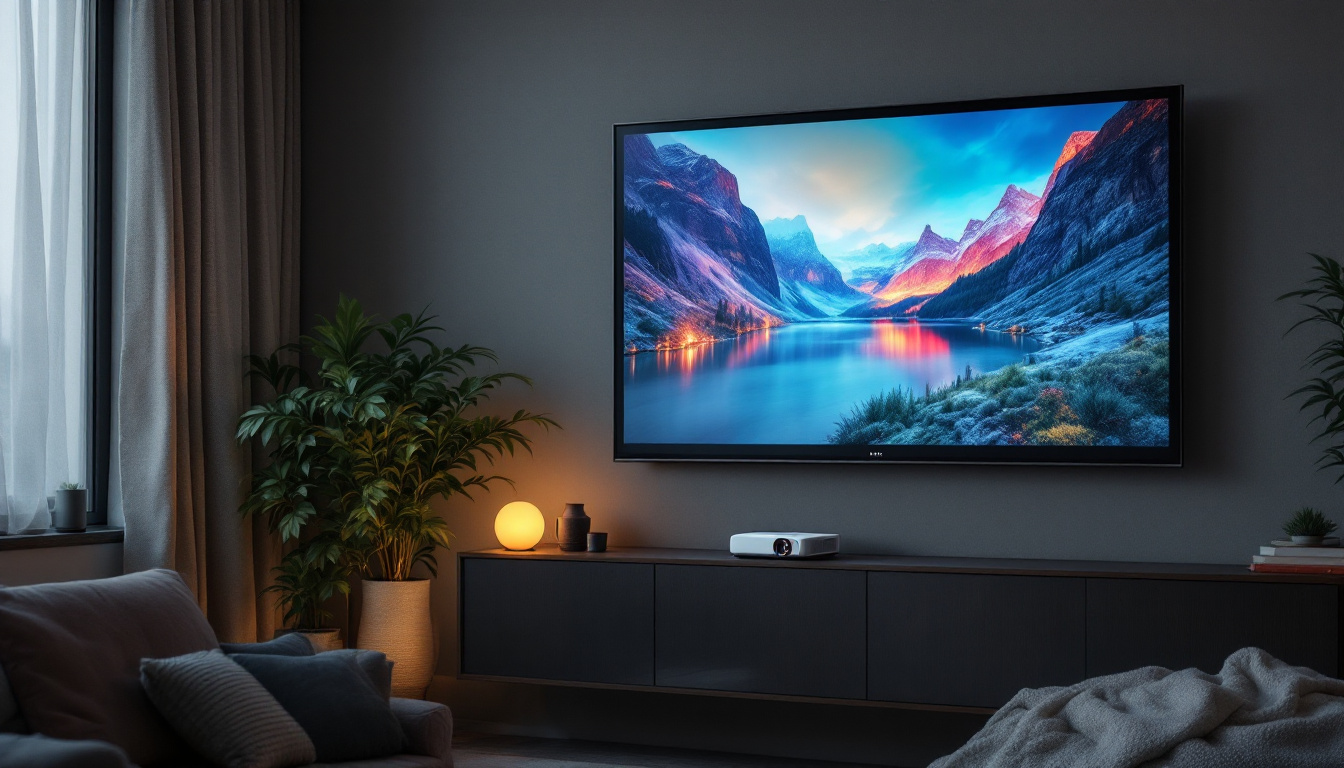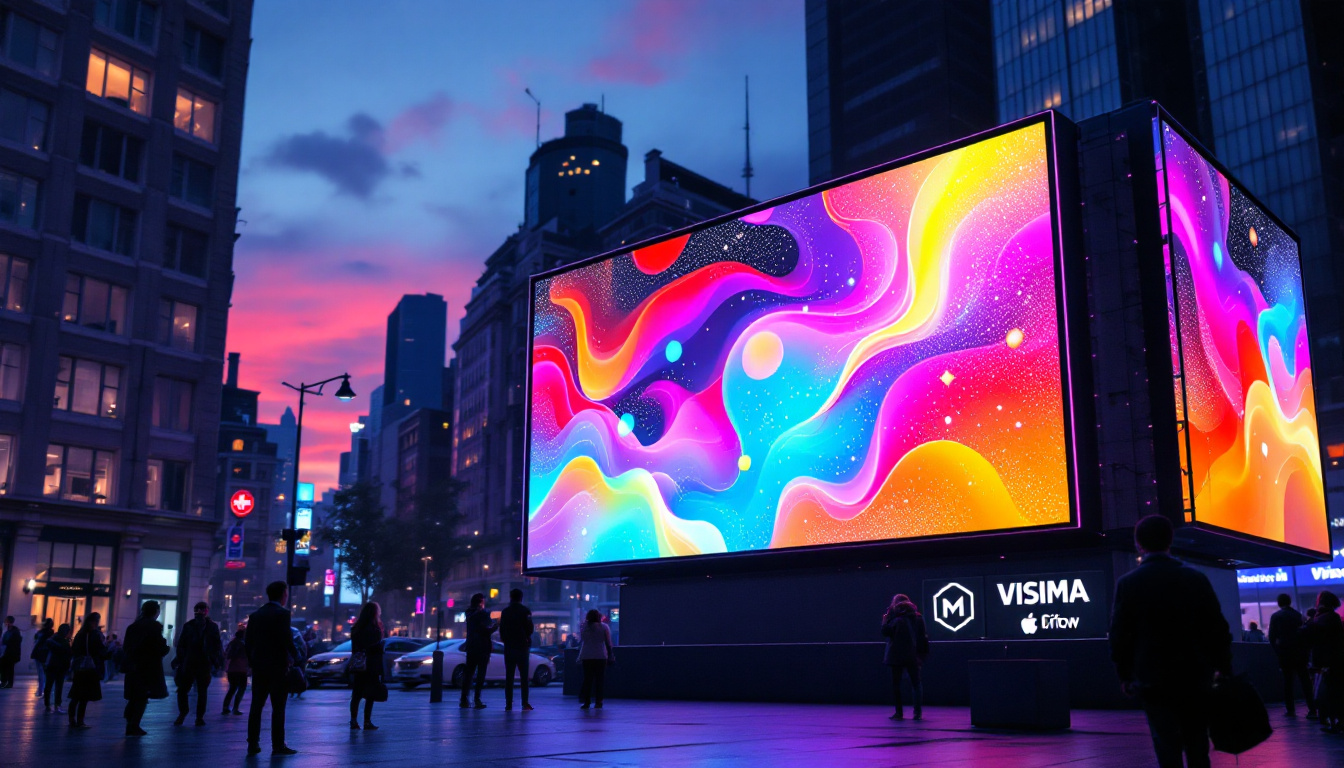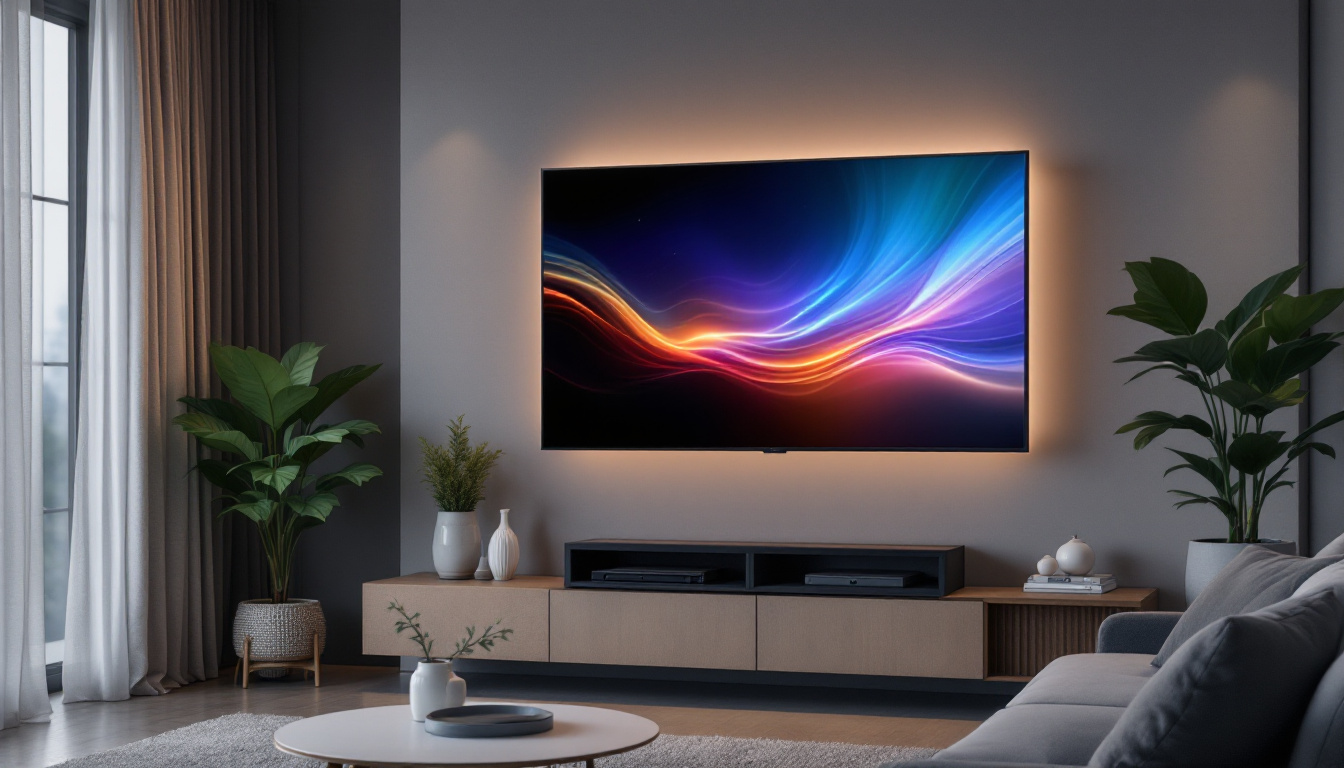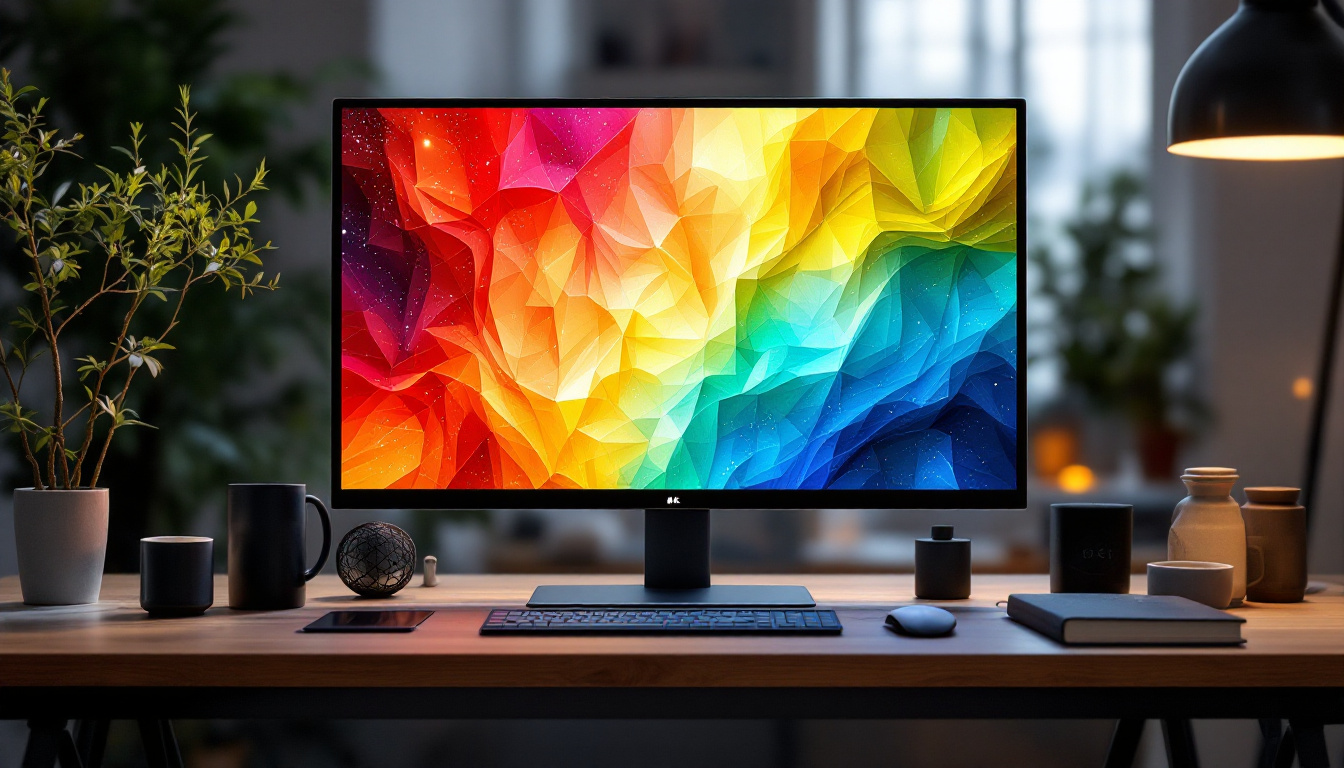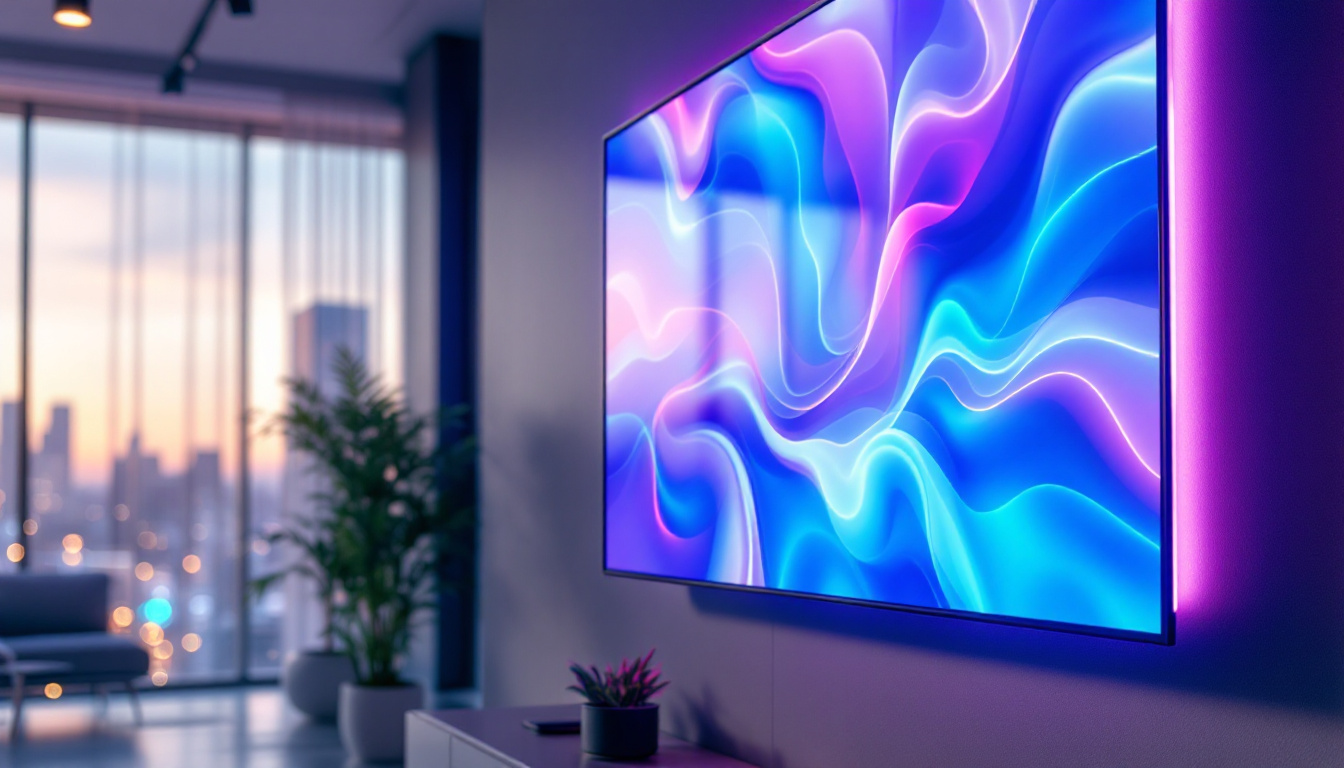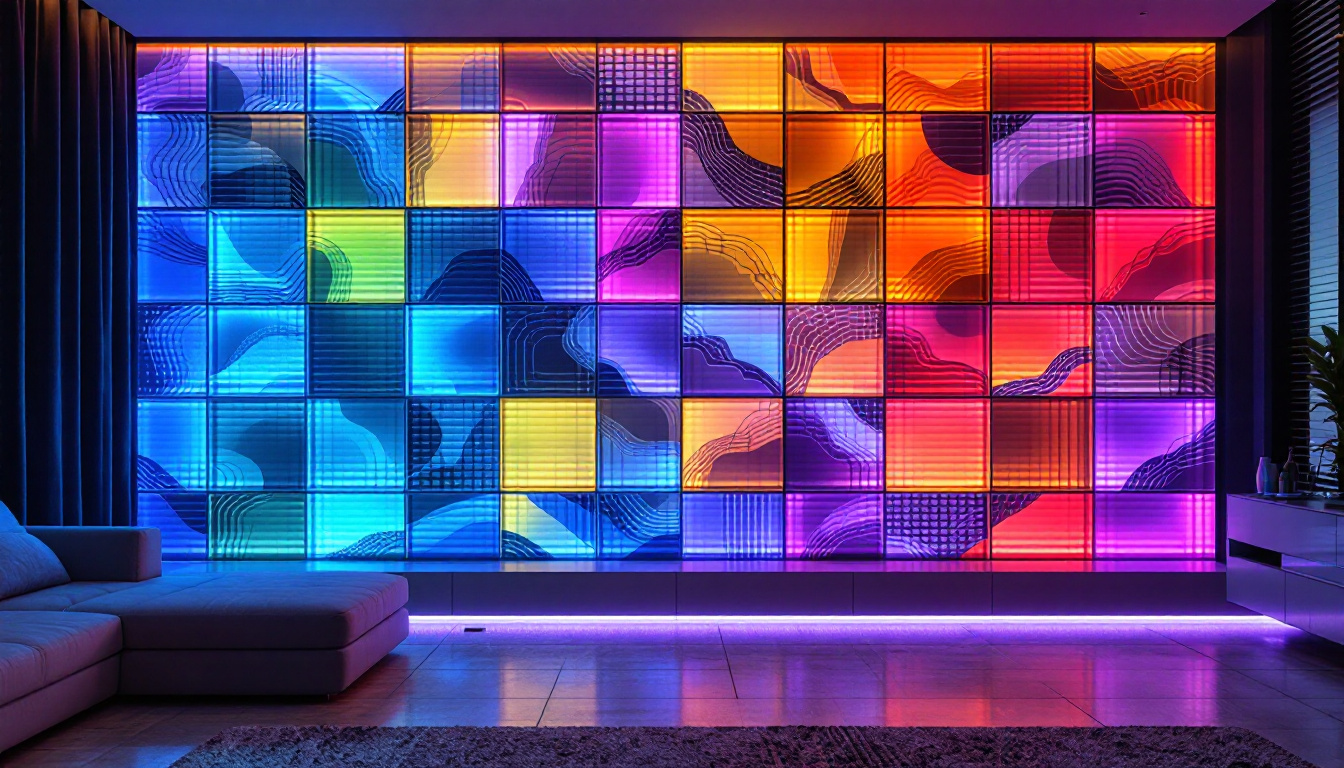Touch Screen: LED Display Explained
In the modern world, touch screens have become ubiquitous, transforming the way we interact with technology. From smartphones to tablets and even large-scale displays, touch screens have revolutionized user interfaces. One of the key components that enable these interactive experiences is the LED display. This article delves into the intricacies of touch screen technology, particularly focusing on LED displays, their functionalities, and their applications.
Understanding Touch Screen Technology
Touch screen technology allows users to interact directly with what is displayed, rather than using a mouse or keyboard. This direct interaction has made touch screens a popular choice in various devices, enhancing user experience and accessibility.
Types of Touch Screens
There are primarily four types of touch screen technologies: resistive, capacitive, infrared, and optical. Each type has its unique characteristics and applications.
- Resistive Touch Screens: These screens consist of multiple layers that detect pressure. When a user presses the screen, the layers touch each other, registering the input. They are cost-effective and work well with gloves or styluses but offer lower clarity and sensitivity compared to other types.
- Capacitive Touch Screens: Utilizing the electrical properties of the human body, capacitive screens detect touch through the change in capacitance. They are known for their high sensitivity and clarity, making them ideal for smartphones and tablets.
- Infrared Touch Screens: These screens use infrared light beams to detect touch. When an object interrupts the beams, the system registers the touch. They are durable and can be used in various environmental conditions.
- Optical Touch Screens: These screens use cameras or sensors to detect touch. They offer high clarity and are often used in large displays, such as kiosks and interactive boards.
How Touch Screens Work
Touch screens operate through a combination of hardware and software. The hardware includes the display panel, sensors, and controllers, while the software interprets the input. When a user touches the screen, the sensors detect the location and send this information to the controller, which processes the input and relays it to the operating system.
In capacitive touch screens, for example, the screen is coated with a transparent conductor. When a finger touches the screen, it creates a disturbance in the electrostatic field, allowing the system to identify the touch location. This technology enables multi-touch capabilities, allowing users to perform gestures like pinch-to-zoom.
Furthermore, advancements in touch screen technology have led to the development of haptic feedback systems, which provide tactile responses to user interactions. This feedback can simulate the sensation of pressing a button or scrolling through a list, enhancing the overall user experience. Additionally, innovations such as edge-to-edge displays and flexible screens have expanded the possibilities for device design, allowing for sleeker, more immersive interfaces that can adapt to various form factors.
As touch screen technology continues to evolve, it is also becoming increasingly integrated with artificial intelligence and machine learning. These integrations allow for more intuitive user interfaces that can learn from user behavior, predict needs, and provide personalized experiences. For instance, smart home devices equipped with touch screens can adjust settings based on user preferences, creating a seamless interaction between technology and daily life.
The Role of LED Displays in Touch Screens
Light Emitting Diodes (LEDs) are integral to modern display technology, including touch screens. LED displays are known for their brightness, energy efficiency, and longevity, making them a preferred choice for various applications.
What is an LED Display?
An LED display is a flat panel display that uses LEDs as pixels for illumination. Unlike traditional LCDs that rely on backlighting, LED displays can produce light directly from the pixels, resulting in better contrast and color accuracy.
LED displays come in various configurations, including OLED (Organic LED) and QLED (Quantum Dot LED), each offering distinct advantages. OLED displays, for instance, provide deeper blacks and a wider viewing angle, while QLED displays excel in brightness and color volume. The choice between these technologies often depends on the specific use case, such as whether the display will be used in a dimly lit environment or a brightly lit space, influencing the overall user experience.
Advantages of LED Displays
LED displays offer numerous benefits that contribute to their widespread adoption in touch screen technology. Some of the key advantages include:
- Energy Efficiency: LED displays consume significantly less power compared to traditional displays, making them environmentally friendly and cost-effective in the long run.
- Brightness and Clarity: The ability to produce vibrant colors and high brightness levels ensures that LED displays are easily viewable in various lighting conditions.
- Longevity: LED technology is known for its durability, with a longer lifespan compared to other display technologies, reducing the need for frequent replacements.
In addition to these advantages, LED displays also support a wide range of resolutions and sizes, catering to diverse applications from small handheld devices to large digital signage. The flexibility in design allows manufacturers to create ultra-slim and lightweight displays, which are essential for portable devices. Furthermore, advancements in technology have led to the development of flexible LED displays, enabling innovative designs that can bend and curve, opening up new possibilities for interactive touch screen applications in various industries.
Moreover, the integration of touch technology with LED displays has revolutionized user interaction. Capacitive touch screens, which are commonly paired with LED displays, allow for multi-touch capabilities, enhancing the user experience by enabling gestures such as pinch-to-zoom and swipe. This synergy between LED technology and touch functionality has paved the way for intuitive interfaces in smartphones, tablets, and interactive kiosks, making technology more accessible and engaging for users across all demographics.
Applications of Touch Screen LED Displays
Touch screen LED displays have found applications across various industries, enhancing user interaction and engagement. Their versatility makes them suitable for both personal and professional use.
Consumer Electronics
In consumer electronics, touch screen LED displays are prevalent in smartphones, tablets, and laptops. The intuitive interface allows users to navigate seamlessly, access applications, and interact with content effortlessly.
Smartphones, for instance, rely heavily on capacitive touch screen LED displays to provide a responsive user experience. The combination of touch sensitivity and vibrant visuals makes these devices highly appealing to consumers. Furthermore, advancements in display technology have led to features such as multi-touch capabilities, enabling users to perform gestures like pinching and swiping, which enriches the overall interaction. As a result, users can engage with their devices in more complex ways, such as gaming or graphic design, which require precise touch input.
Retail and Advertising
Retail environments have embraced touch screen LED displays for interactive kiosks and digital signage. These displays enable customers to browse products, access information, and even make purchases directly from the screen.
Digital signage powered by LED technology allows businesses to showcase promotions and advertisements dynamically. The bright, eye-catching visuals attract customers and enhance brand visibility. Additionally, the ability to update content in real-time means that retailers can respond quickly to market trends or seasonal changes, ensuring that their messaging is always relevant. This adaptability not only improves customer engagement but also drives sales by highlighting limited-time offers or new arrivals, ultimately creating a more immersive shopping experience.
Healthcare and Education
In healthcare, touch screen LED displays are used in patient monitoring systems, medical imaging, and electronic health records. The interactive nature of these displays facilitates better communication between healthcare providers and patients.
In educational settings, interactive whiteboards and touch screen displays enhance learning experiences. Teachers can engage students through interactive lessons, making learning more dynamic and participatory. These displays also support collaborative projects, allowing multiple students to interact with the content simultaneously, fostering teamwork and problem-solving skills. Moreover, the integration of educational software and applications can provide personalized learning experiences, catering to different learning styles and paces, which is essential in today’s diverse classrooms. By incorporating multimedia elements such as videos, animations, and interactive quizzes, educators can create a rich and stimulating environment that keeps students motivated and eager to learn.
Future Trends in Touch Screen LED Technology
The future of touch screen LED technology looks promising, with ongoing advancements that aim to enhance user experience and expand applications. Several trends are shaping the landscape of this technology.
Advancements in Display Technology
As technology evolves, so do the capabilities of touch screen LED displays. Innovations such as microLED and flexible displays are paving the way for new applications. MicroLED technology offers improved brightness and energy efficiency, while flexible displays allow for innovative designs in wearable devices and curved screens.
Integration with Artificial Intelligence
Artificial intelligence (AI) is increasingly being integrated into touch screen interfaces, enabling more intuitive interactions. AI-driven systems can learn user preferences and adapt the interface accordingly, providing a personalized experience.
Moreover, voice recognition technology is being combined with touch screens, allowing users to interact through voice commands in addition to touch. This multi-modal interaction enhances accessibility and convenience.
Enhanced Security Features
As touch screen technology becomes more prevalent, security concerns are also rising. Future developments may include advanced biometric systems, such as fingerprint and facial recognition, to enhance security in devices and applications.
These features will not only protect user data but also streamline authentication processes, making interactions more secure and user-friendly.
Conclusion
Touch screen LED displays have transformed the way individuals interact with technology, offering a seamless blend of functionality and aesthetics. Understanding the underlying technology, types of touch screens, and the role of LED displays is essential for appreciating their impact on modern devices.
As advancements continue to unfold, the future of touch screen LED technology promises even greater innovations, enhancing user experiences across various industries. From consumer electronics to healthcare and education, the potential applications are vast, making touch screen LED displays a cornerstone of contemporary technology.
Discover LumenMatrix’s Innovative LED Display Solutions
As you’ve seen, touch screen LED displays are at the forefront of interactive technology, shaping the future of how we connect with the digital world. LumenMatrix is at the heart of this revolution, offering an array of LED display solutions that bring your content to life. Whether you’re looking to enhance your brand’s presence with an Indoor LED Wall Display, captivate passersby with an Outdoor LED Wall Display, or innovate with Custom LED Displays, LumenMatrix has the technology to elevate your visual communication. Ready to transform your user experience and engagement? Check out LumenMatrix LED Display Solutions and join the visual revolution today.



